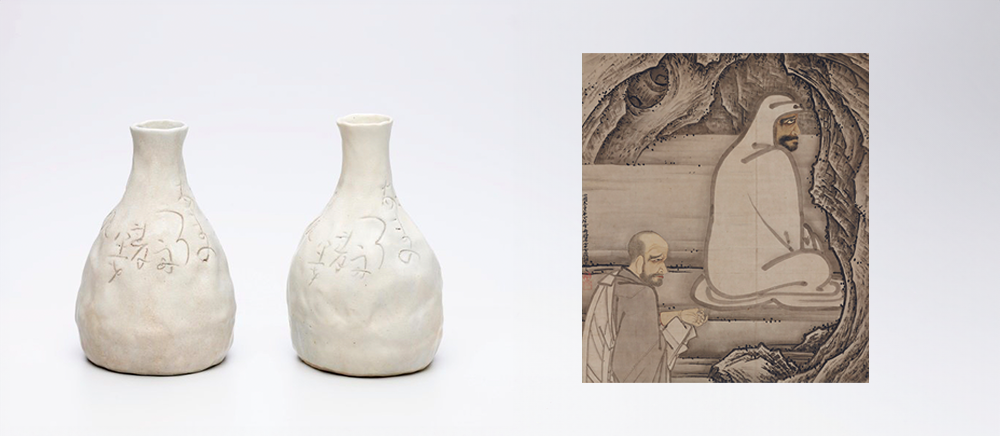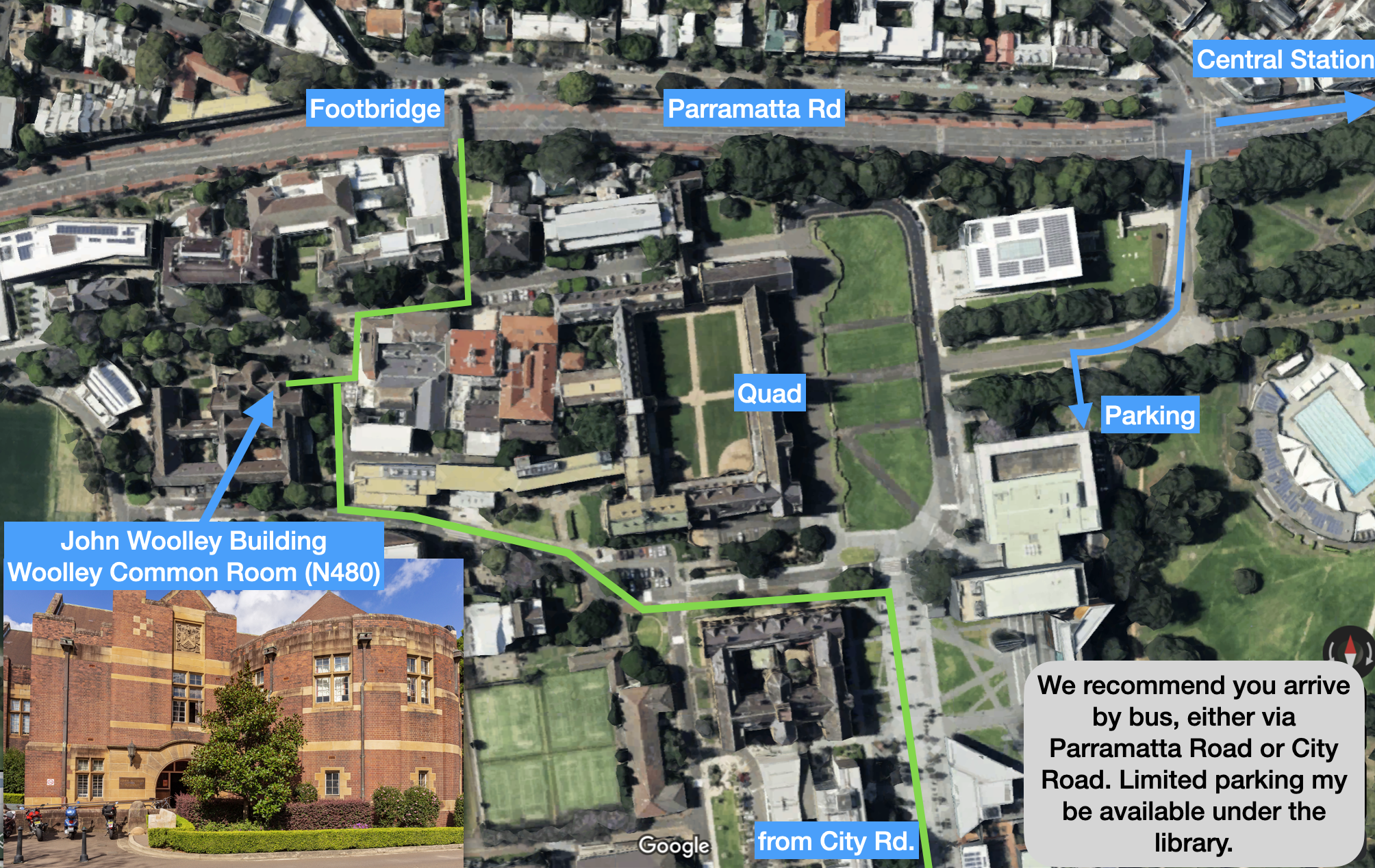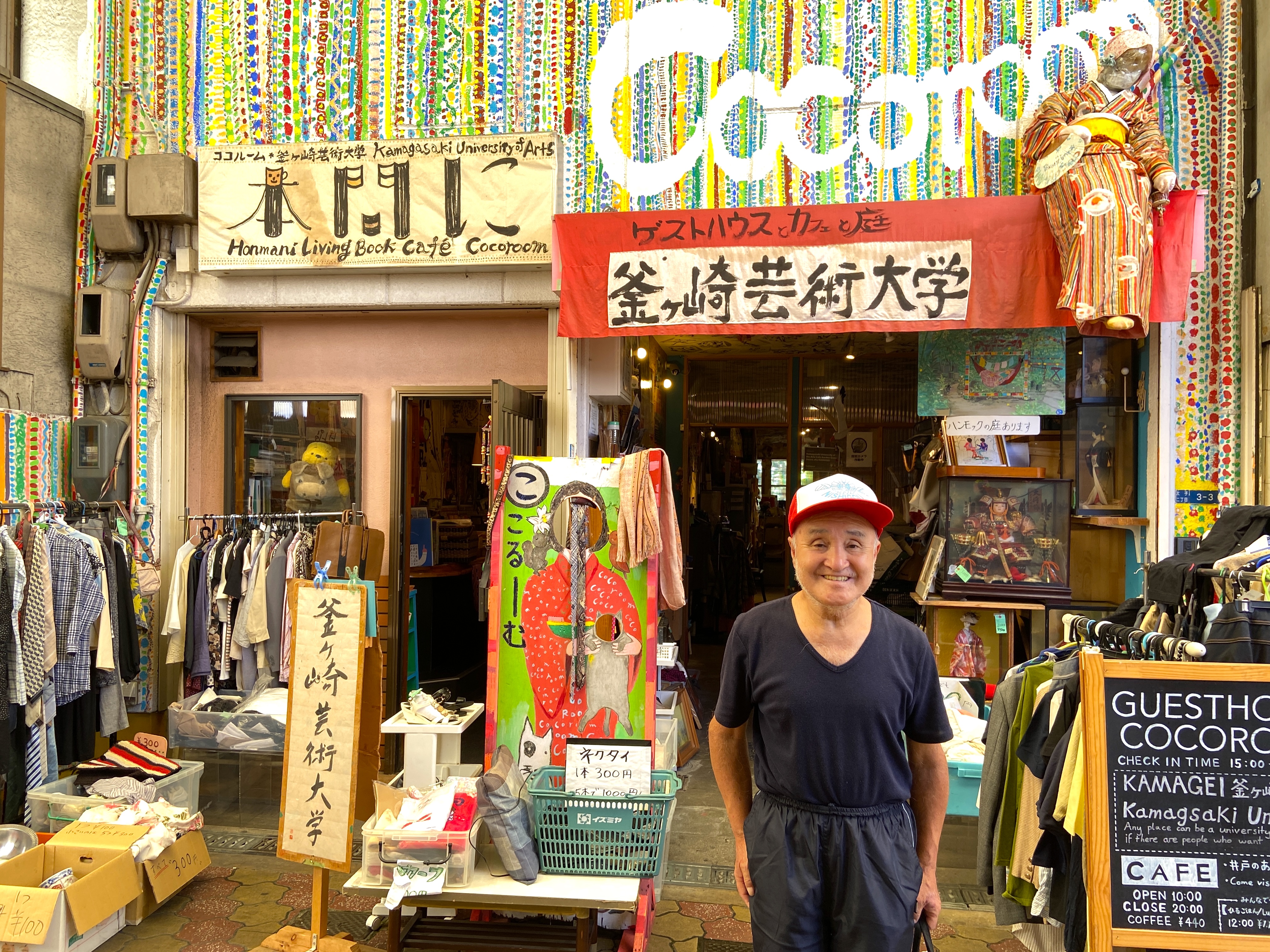Japanese Art History: Research Seminar

A seminar with Japanese art historians Yukio Lippit and Melissa McCormick, presenting their recent research
A small, informal academic event featuring Melissa McCormick and Yukio Lippit of Harvard University. Professors McCormick and Lippit will each deliver talks on their research, preceded by lunch and followed by tea.
Melissa McCormick
"The Poem Pottery of Ōtagaki Rengetsu (1791-1875): Haptic Poetics and Buddhist Immateriality"
This paper will take as a starting point the pottery of the Japanese Buddhist nun artist Ōtagaki Rengetsu (1791-1875) to articulate an art historical method centered on the haptic encounter. Rengetsu’s ceramic vessels, which she made herself and incised with her own waka poems were intended to be repeatedly used and held by those who owned them. Their manufacture thus presupposes a kinetic encounter that has yet to be thoroughly woven into analyses of her work. At the same time, the talk considers the risks of attempting to integrate into our interpretation of historical artifacts phenomenological experiences from the past. As a way forward, the talk explores Rengetsu’s social context and identity as a Buddhist nun to consider historically specific ways of understanding materiality.
Yukio Lippit
"Interpreting Zen Painting: Sesshū’s Huike Offering his Arm to Bodhidharma (1496)"
There is a fundamental tension that frames the study of all painting related to Zen Buddhism, a religion that centers concepts of emptiness, illusoriness, and the non-self. Given the importance of these ideas, in what ways does the art historian relate form to meaning? How does one understand decisions related to style, iconography, composition, and materials? And in what measure does one privilege or engage with traditional Zen interpretations of its own narrative traditions as expressed in paintings?
This presentation engages these questions through a consideration of one of the most famous Zen paintings in the Japanese canon, Huike Offering his Arm to Bodhidharma (1496) by the monk-painter Sesshū’s Tōyō (1420-1506?). Sesshū’s work is as famous as can be and has come to serve as a poster child for a Zen practitioner’s commitment to spiritual training. Despite the painting’s renown and prodigious commentary, however, further opportunities remain to explore what the work means and how it came about. These questions are pursued under three primary rubrics: 1) the ritual context, in particular the Bodhidharma Assembly (Daruma-e); 2) the iconographic tradition of Huike cutting his arm as reflected in Chan/Zen patriarch scrolls; and 3) the meaning of incorporating an image of Huike’s arm into a large ritual icon as in Sesshū’s scroll. In particular, this presentation questions the traditional assumption that the scene is meant to convey Huike’s perseverance in seeking spiritual guidance from Bodhidharma.
Co-presented by the Power Institute and Japanese Studies at the University of Sydney




